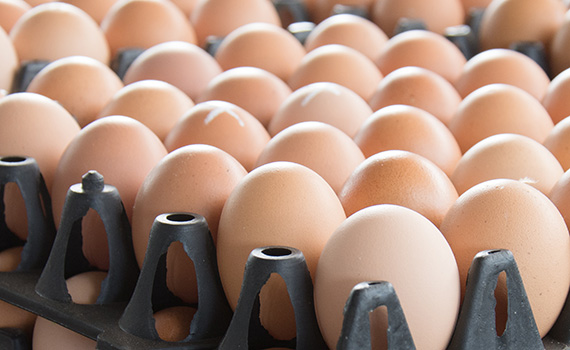Control key to protecting flocks from more virulent, resistant E. coli
In poultry production, Escherichia coli has long had a reputation as an opportunist, causing infection only after a primary pathogen had first cleared the way. But according to an expert, research shows many strains are capable of causing disease directly. And with antibiotic resistance on the rise, control and prevention are essential.
Speaking to Poultry Health Today at the 2019 World Veterinary Poultry Association Congress in Bangkok, Lisa Nolan, PhD — a professor at the University of Georgia — said that when she started studying E. coli decades ago, it wasn’t clear that there was a difference between pathogenic and avirulent strains.
“In fact, at that time, the E. coli causing disease in birds was considered to be a commensal that…got into the right bird at the wrong time,” she said. “But over the years, our study proved that many of the E. coli causing disease in birds were very well equipped to do so — they were very highly developed pathogens.”
Furthermore, Nolan noted, her research showed that while a few E. coli strains cause disease opportunistically, the vast majority of avian pathogenic E. coli (APEC) strains are able to cause disease in healthy birds. All over the world, E. coli is also increasingly multi-drug resistant, she added, so antibiotics are often no longer an effective solution.
Management, control and diagnostics
To keep flocks protected against evermore virulent and resistant E. coli, producers should instead focus on management, control and diagnostics, Nolan said.
“It’s always best practice to use good management techniques, try to prevent other diseases that would predispose birds to infection,” she advised.
“In some cases, that includes vaccination [against E. coli]. But you really need to consult with your veterinarian to determine if that’s appropriate — if it’s cost effective in your birds, and it’s going to control the E. coli that’s occurring in your birds.”
To optimize their E. coli management and control strategies, Nolan urges producers to use diagnostics to understand exactly what they’re dealing with. Serology is one tool for typing E. coli, Nolan said, while new molecular techniques provide deeper insights.
“Now there are a lot of molecular tools to look at the sera groups of E. coli or the collection of virulence genes,” she said. “I like to use both approaches. I think the more we know about them, the better equipped we are to deal with them.”
Armed with this diagnostic information, producers can make more informed decisions about how best to control E. coli on their farms, Nolan said.
“If we know that [the E. coli] contain an assortment of APEC-related virulence genes, we can be pretty confident we have a well-developed pathogen. If they don’t contain the one causing disease and your birds don’t contain a lot of these virulence genes, then you might be dealing with an opportunistic pathogen,” she explained, noting that management may be sufficient to control E. coli in these cases.
“Whereas if it’s a well-developed pathogen, then vaccination might be your best [option]. So using these molecular tools to first distinguish whether it’s a commensal or a [primary] pathogen, and then what particular pathogen you’re dealing with makes a lot of sense to me.”
Posted on June 3, 2021
 We’re glad you’re enjoying
We’re glad you’re enjoying







